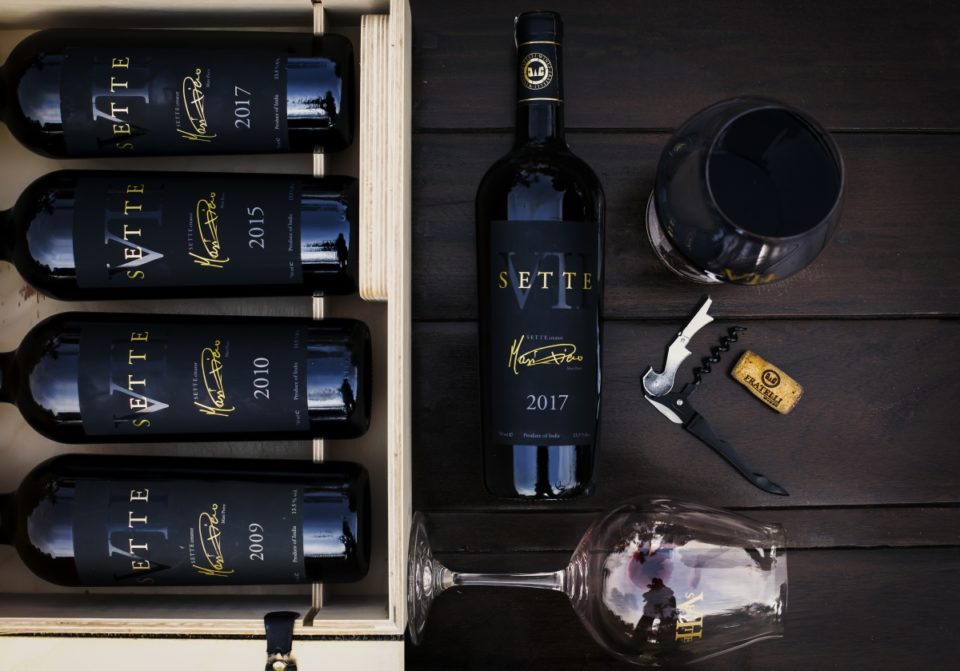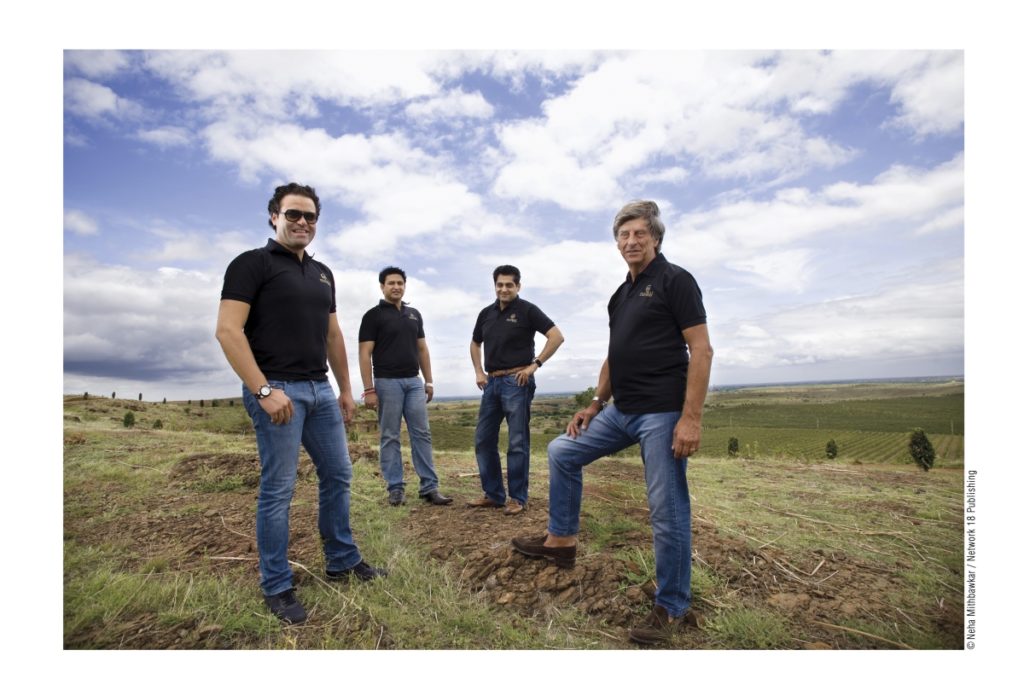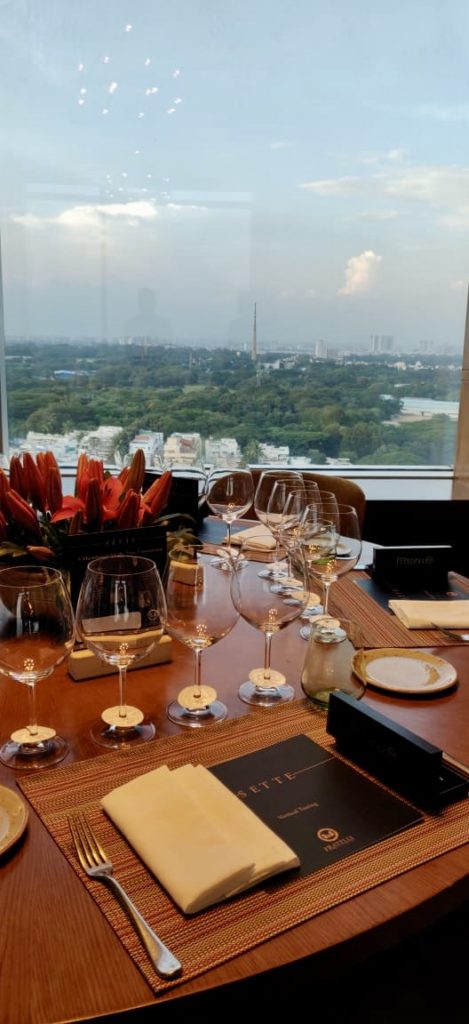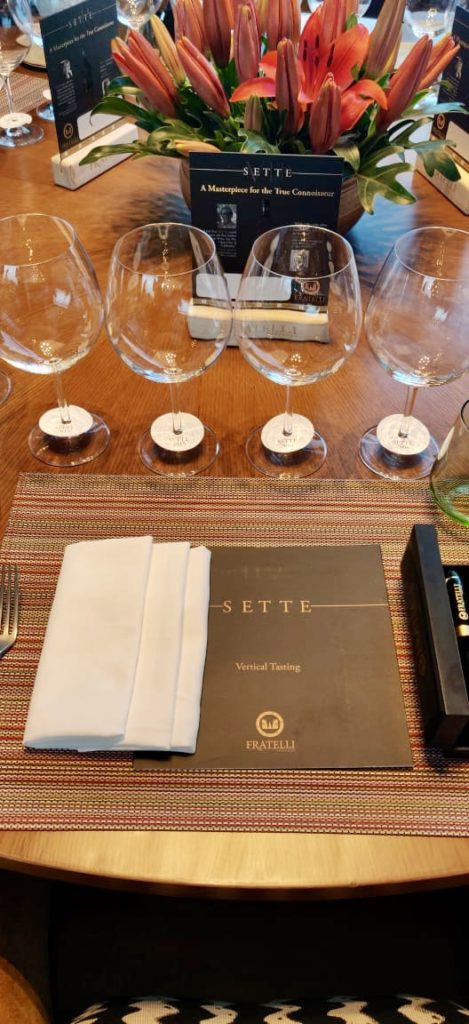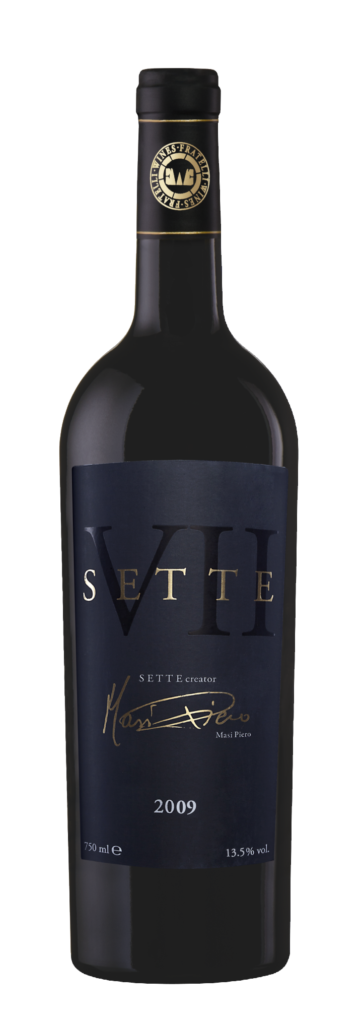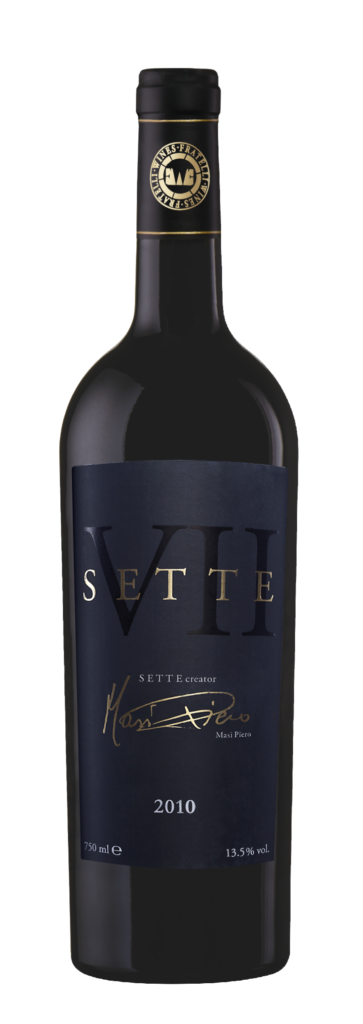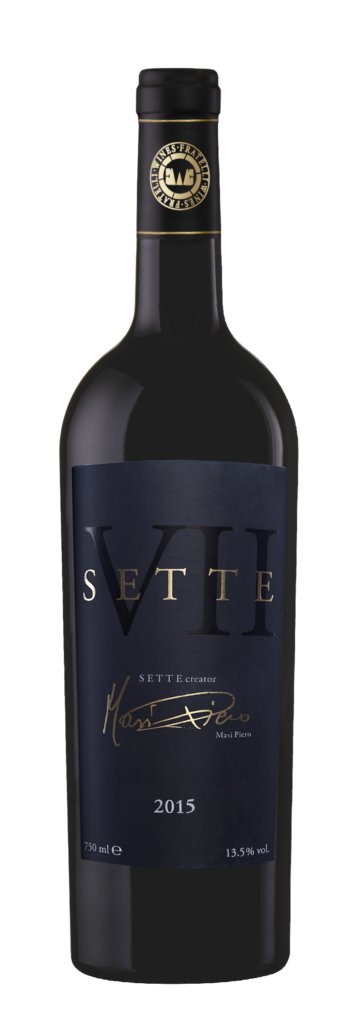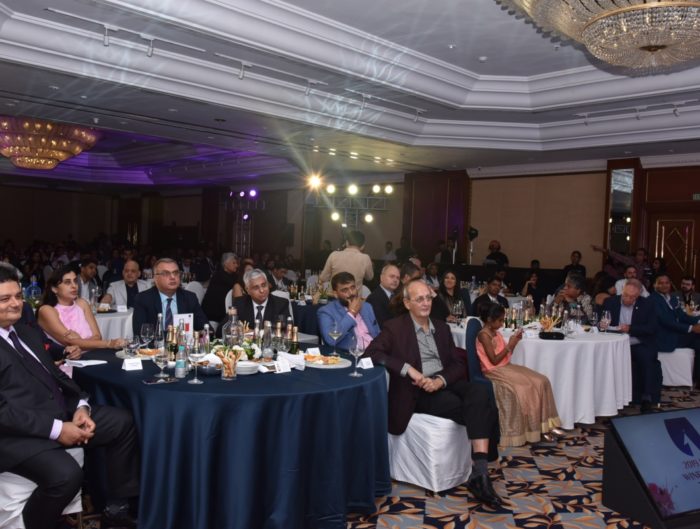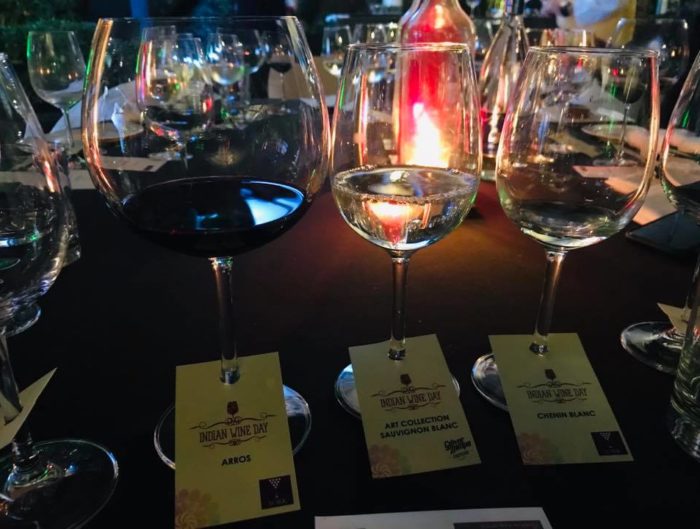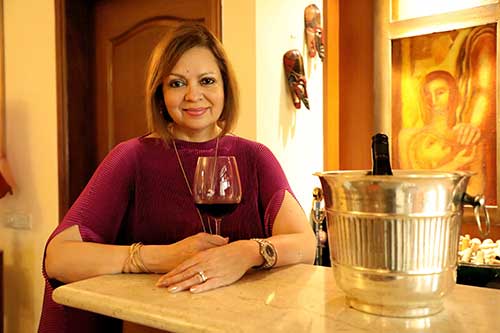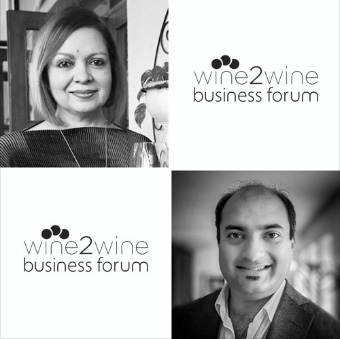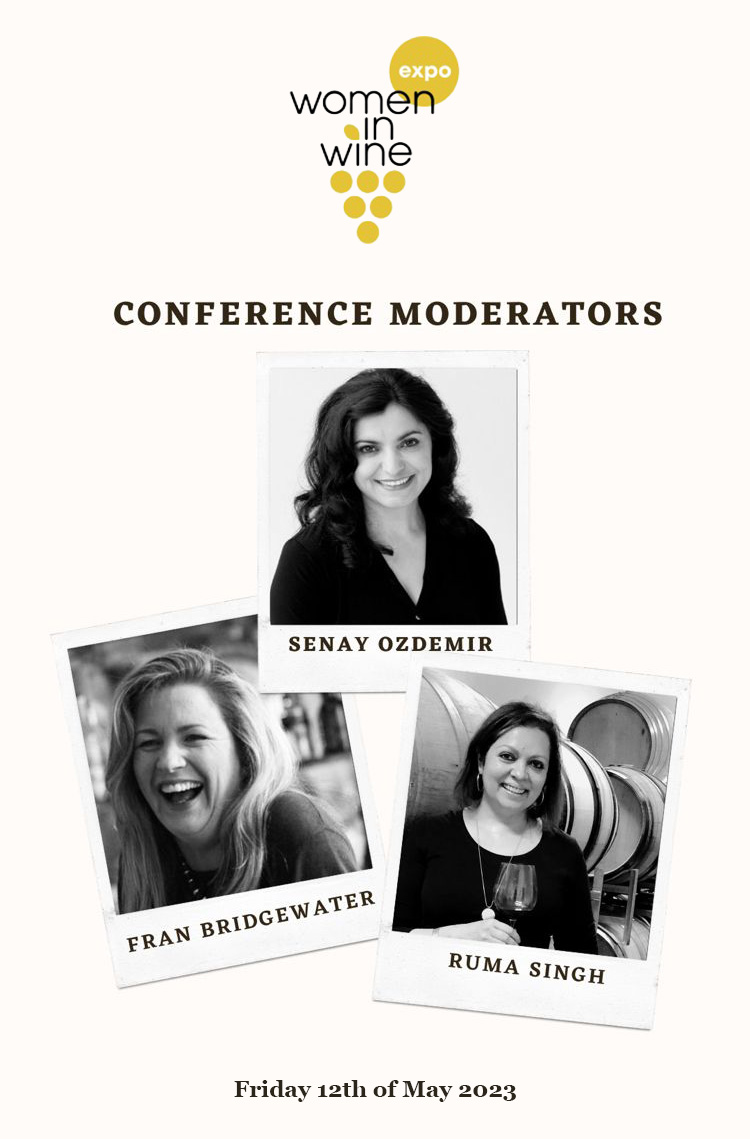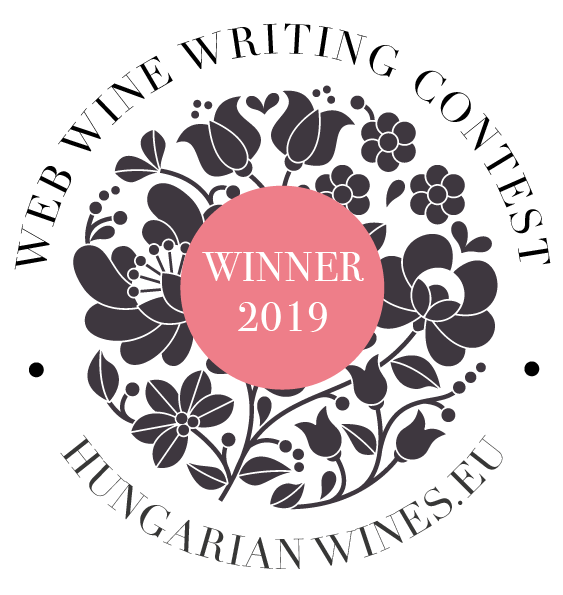‘Sette can become the first Indian icon wine, like California’s Opus One,’ wrote Steven Spurrier in Decanter. Was he right? A recent historic multi-city vertical tasting of 4 vintages revealed the answer
There are seven heavens, seven deadly sins and the universe was created in seven days. Whatever your beliefs, the number seven has significance across cultures. In India’s wine industry, seven is the number of partners of Fratelli Vineyards, and the name of their premium award-winning wine, Sette, which means seven in Italian. “Sette represented our vision in Fratelli,” Alessio Secci, one of the seven partners tells me prior to our tasting session in Bengaluru’s Shangri-la Hotel.
His idea was simple. Seven vintages of Sette have been released since 2006 when the company launched. A tasting of vintages to assess how the wines have developed over the years is a perfect way to assess quality. And answer once and for all, the question he was constantly asked, “Can Indian wines age?”
The vintages picked for the tasting session were four – 2009 – their very first vintage, 2010, 2015, the vintage currently out in the market, and finally 2017, which is currently sitting in tanks at the winery awaiting bottling. After which they will be aged for another 6 months before release. Sette, being a blend of different grape varities (early on Cabernet Sauvignon dominated the blend, lately it is Sangiovese) would clearly display the variations in character with each.
The role of terroir

Standing tall: (From left) Fratelli’s Alessio Secci, Arjunsinh Mohite-Patil, Kapil Sekhri and winemaker Piero Masi
The significance of a tasting of vintages of the same wine holds great significance to connoisseurs of wine. Every vintage has its own character, depending on the climate, the soil and the ripening season. In fact, the microclimate of Maharashtra’s Akluj, hitherto underdeveloped before Fratelli set foot there, played a major role. The stony, nutrient-poor, alkaline soil has lent complexity and structure to the wines. Experienced Italian winemaker Piero Masi’s doctrine of minimal intervention during winemaking is another factor that defines the wine. With 50 vintages behind him, Masi’s experience proved invaluable. Nonetheless, India was a clean slate for the Italians, Secci admitted.
The young Sangiovese vineyard was planted in Akluj, far, far away from its original Tuscan home, making them wonder if they were being too ambitious. The idea was to make a premium blend, reflective of Tuscany but wholly Indian in its concept seemed like a stretch to Kapil Sekhri, Secci and Piero Masi, the decision-makers sitting around the table at the winery. Secci recalls, “We had three tanks full of wine in the winery. Piero said, “This wine can be a success or it can be a disaster.” There were so many questions we did not have answers to then.”
If the proof of the pudding, as they say, is in the eating, then the proof of that leap of faith taken soon after Fratelli began operations, is evident in the wines I was tasting that day. Yes, Indian wine can be age-worthy.
Sustainability in the vineyards
During the evening, Secci repeated several times, “We believe wines are made in the vineyards.” In fact, the word ‘vineyards’ in their name, Fratelli Vineyards, is important because “it is the core of how we want to be acknowledged.” Meaning that manipulation in the winery is not part of the process. “The vines must express the terroir, the soil, the climate, the altitude. As these factors change, so will the wine. If you respect the grapes and grow them with integrity, you will make good wine… although we are in a tropical climate where the heat and humidity are high, so we must be careful.” With the climate come problems. Disease, pests are some of them. Yet, chemical intervention in the vineyards is kept to a minimum and only when essential. “We are 80% organic, though we don’t talk about that very much,” says Secci. Cow manure is used as fertilizer, natural predators (dragonflies!) keep bugs at bay. “We lost 5% of the first vintage to birds, who took a fancy to the grapes!”

The Fratelli tasting at Shangri-la, Bengaluru 
In the winery, manipulation is minimal too. The yeasts used for fermentation are natural yeasts, and the use of sulphur dioxide (SO2) is minimal.
Today, Sette’s blend ratio and style have changed. From the big tannin-rich red Indian wine so beloved of many drinkers, it has evolved to find its own Indo-Italian identity. “The vision is to reach 100% Sangiovese,” says Secci. It will be difficult, but I hope we can get there. For India, the wine must be approachable early, but also have potential to age.”
Premium pricing
Sette 2009 was launched at Rs1500, making it the most expensive red wine in India at the time of launch. Since then, many Indian producers have joined task, adding their wines to the premium pile. “When we launched Sette we were competing with imported wines. But we were sure of the quality in our bottle, so why would we undersell our wine? Fratelli opened up a segment not opened before in the wine industry in India. Today, Sette costs Rs 2000.” Several other premium Indian wines have subsequently joined it in this price bracket.

Sette 2009 
Sette 2010 
Sette 2015
Sette 2009
Cabernet Sauvignon 50%, Sangiovese 30% Merlot 20%
Production: 6600 bottles.
Hand harvested. Fermented in stainless steel tanks for 20 days. Aged in French oak for 14 months + bottle ageing. Alcohol 13.5%
Tasting notes: Smooth and delicious, red and dark berries topped with a hint of vanilla and warm spice. Medium-plus body and finish. Drink now, if you have a bottle of this stashed away, as there is none in the market except in the Fratelli library.
Sette 2010
Cabernet Sauvignon 60%, Sangiovese 30%, Merlot 10%
Production: 13,300 bottles
Hand harvested. Fermented in stainless steel tanks for 10 days. Aged in French oak for 12 months + bottle ageing. Alcohol 13.5%
Tasting notes: Dark fruit with notes of chocolate and capsicum, the structure and elegance of this wine is still evident. Drinking at its peak.
Sette 2015
Sangiovese 60%, Cabernet Sauvignon 40%
Production: 40,000 bottles
Hand harvested. Fermented in stainless steel tanks 5/6 days. Aged in French and American oak for 12 months + bottle aged. Alcohol 13.5%
Tasting notes: The more robust structure of the cabernet-dominated version has given way to its lighter red-fruit laden sib. Cherry, violet and earthy undertones. Smooth yet grippy tannins, medium-plus body, and medium acidity. Drink or keep.
Sette 2017
Sangiovese 60% Cabernet Sauvignon 40%
Production: 80,000 bottles
Hand harvested. Fermented in stainless steel tanks 5/6 days. Aged in French and American oak for 12 months + bottle ageing.
Tasting notes: The rough edges still need time to smoothen out, the oak to integrate as it will with bottle ageing. The wine, with aromas of cherry and blackcurrant with a hint of white pepper and spice, will be a delight in a year or two. Secci says, “Tasting it takes me back to Tuscany, but it is very much made in India.”
It is interesting to note that vineyard and winery practices right from the 2009 vintage have remained the same, while the blend has changed (from Cabernet-dominated, to Sangiovese- dominated) as has the production. While 2009 saw a few thousand bottles produced, Sette 2017 is at 80,000 bottles. Secci assures me that the number will not rise further, despite demand as “quality will not be compromised under any circumstances.”
All four vintages showed great approachability. The 2009 had not dropped in flavor, the dark fruit notes were still evident, the tannins soft and elegant, the structure holding fast. The 2017, not too long out of the barrel, showed its potential. Both the 2015 and 2017 were medium-bodied, with a very good structure. The tannins were subtly evident, but never overpowering. If you get your hands on the 2015, currently in the market, pick it up. You will be pleased with your purchase.
(In India’s nascent wine industry, vintages are rare and not often discussed. With Sette’s recent vintage tastings, Fratelli Vineyards joins KRSMA Estates, another Indian producer which regularly conducts vintage tastings of its wines.)
To listen to Alessio Secci talk about Sette, watch the video below.
Price: Rs 2000 in India.
More information at http://www.fratelliwines.in/

